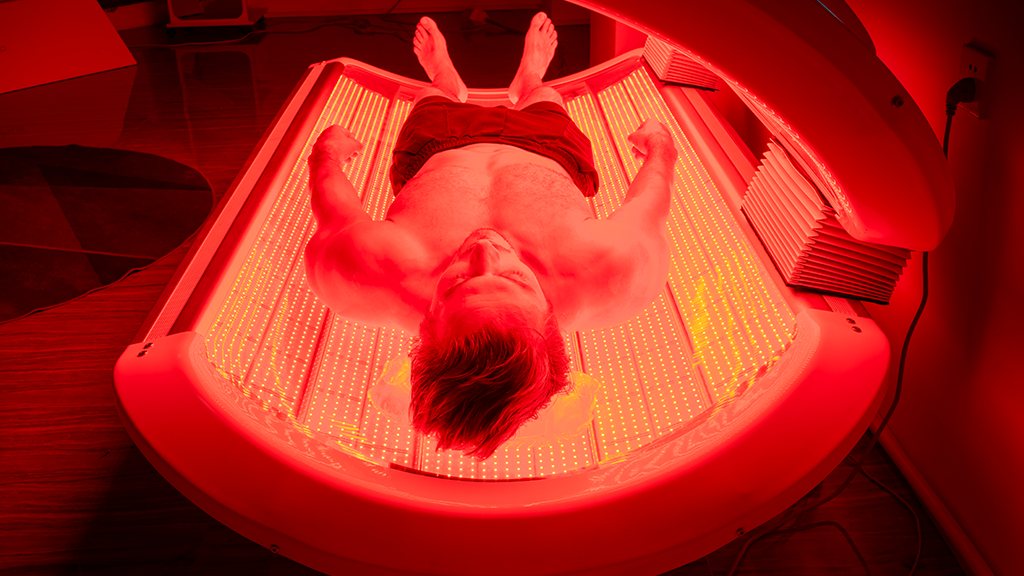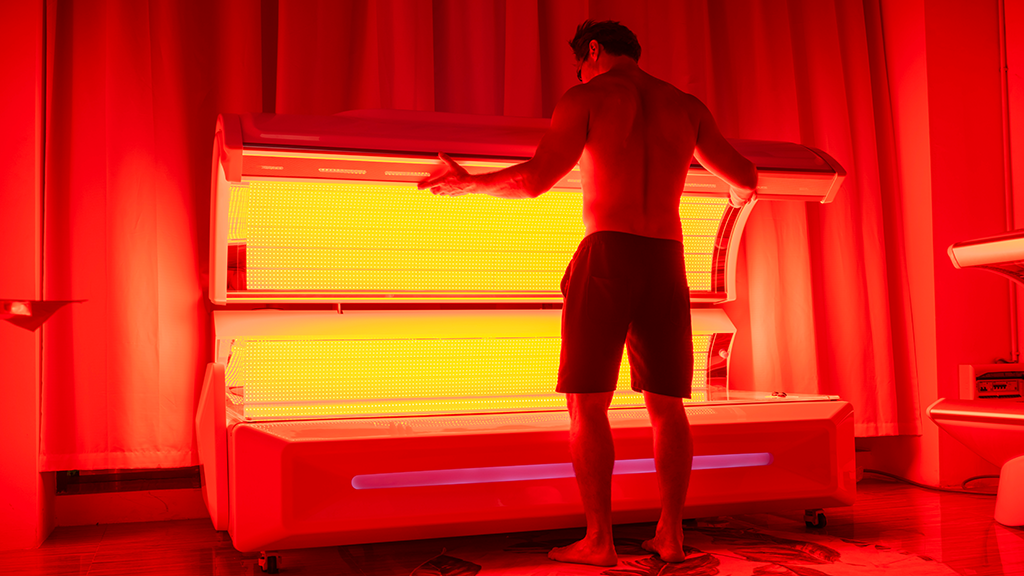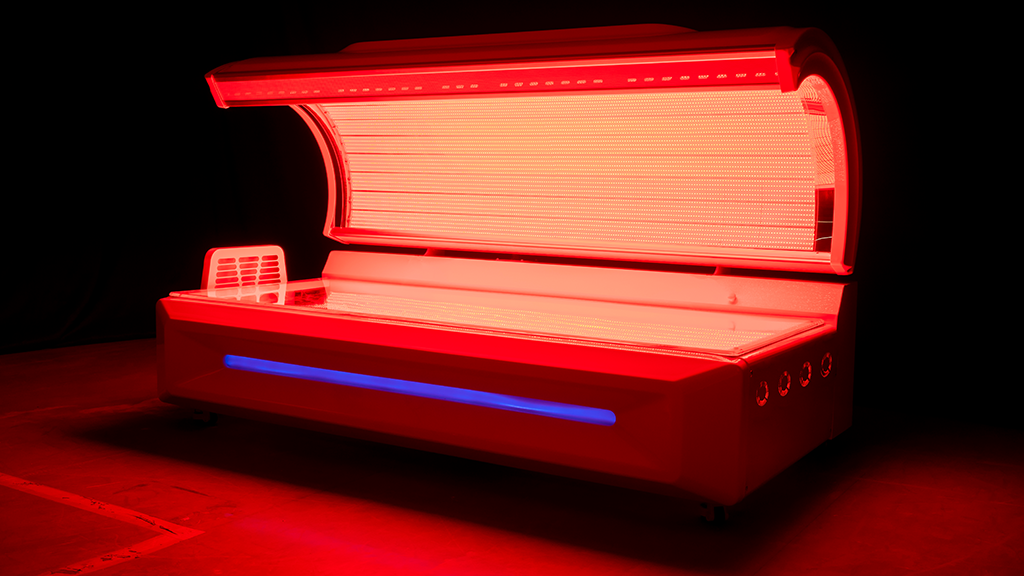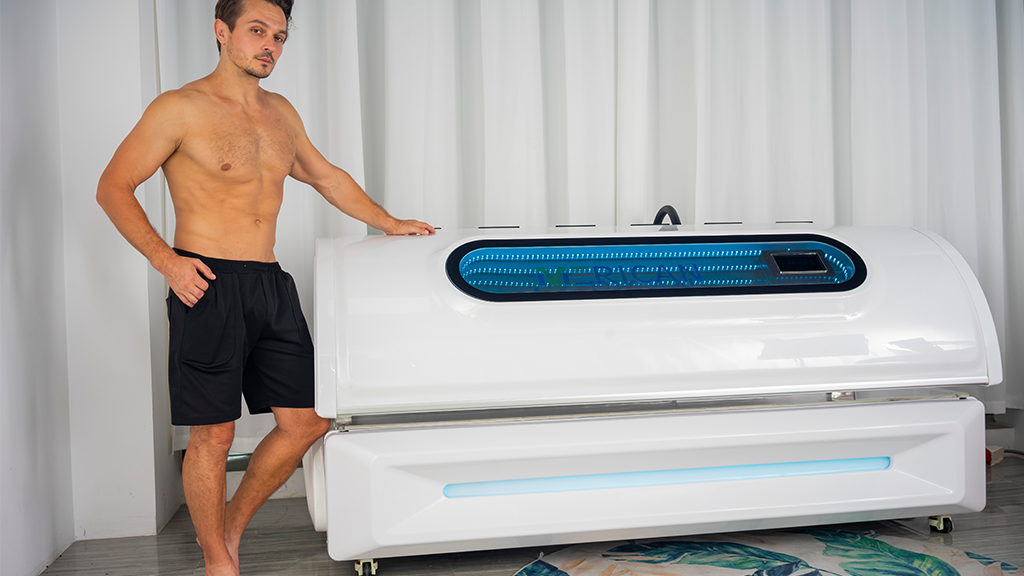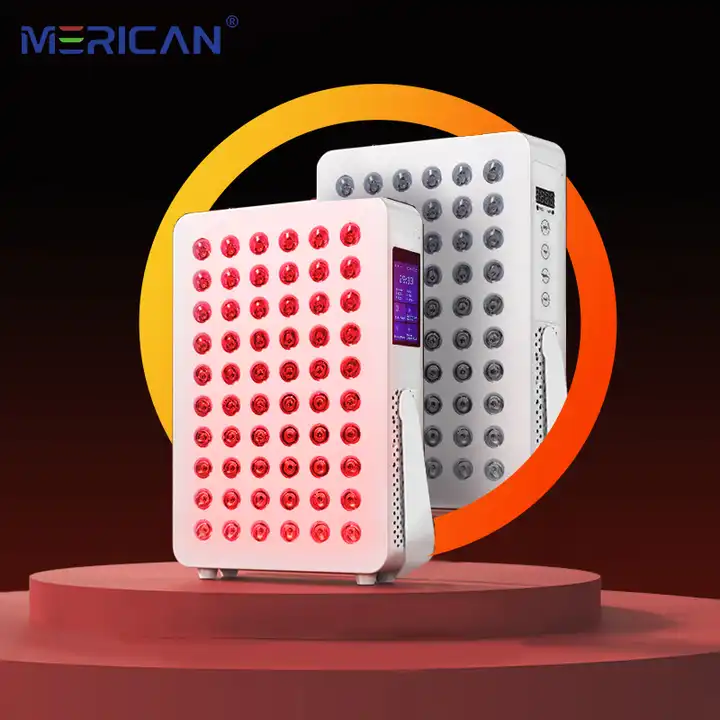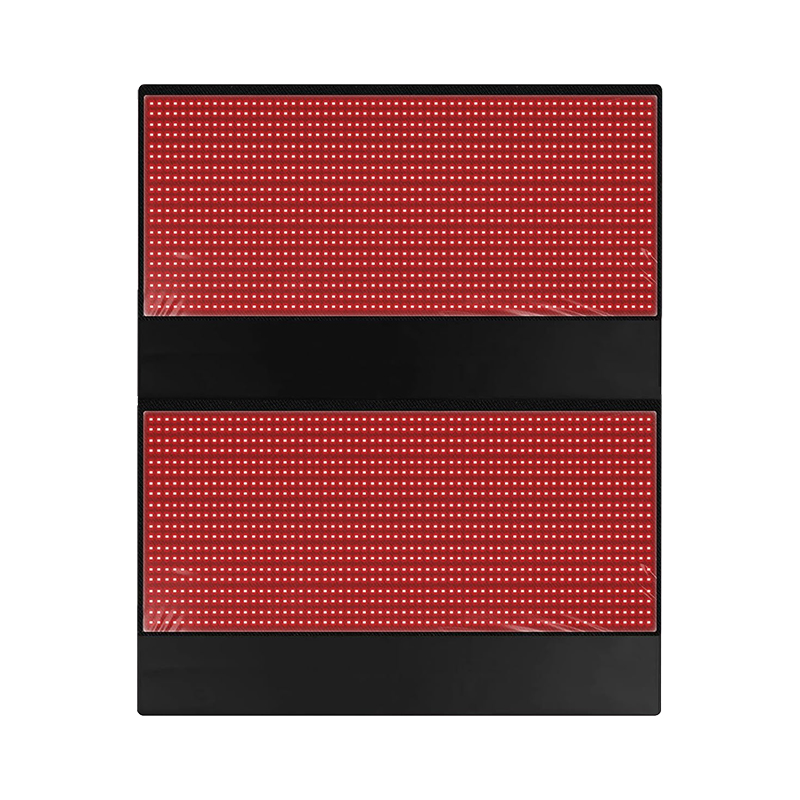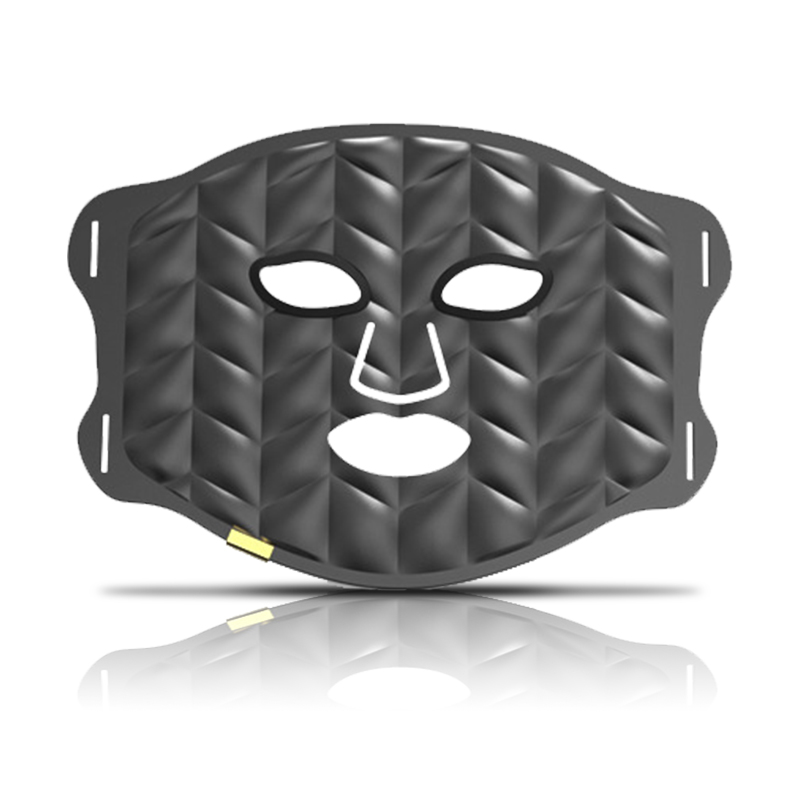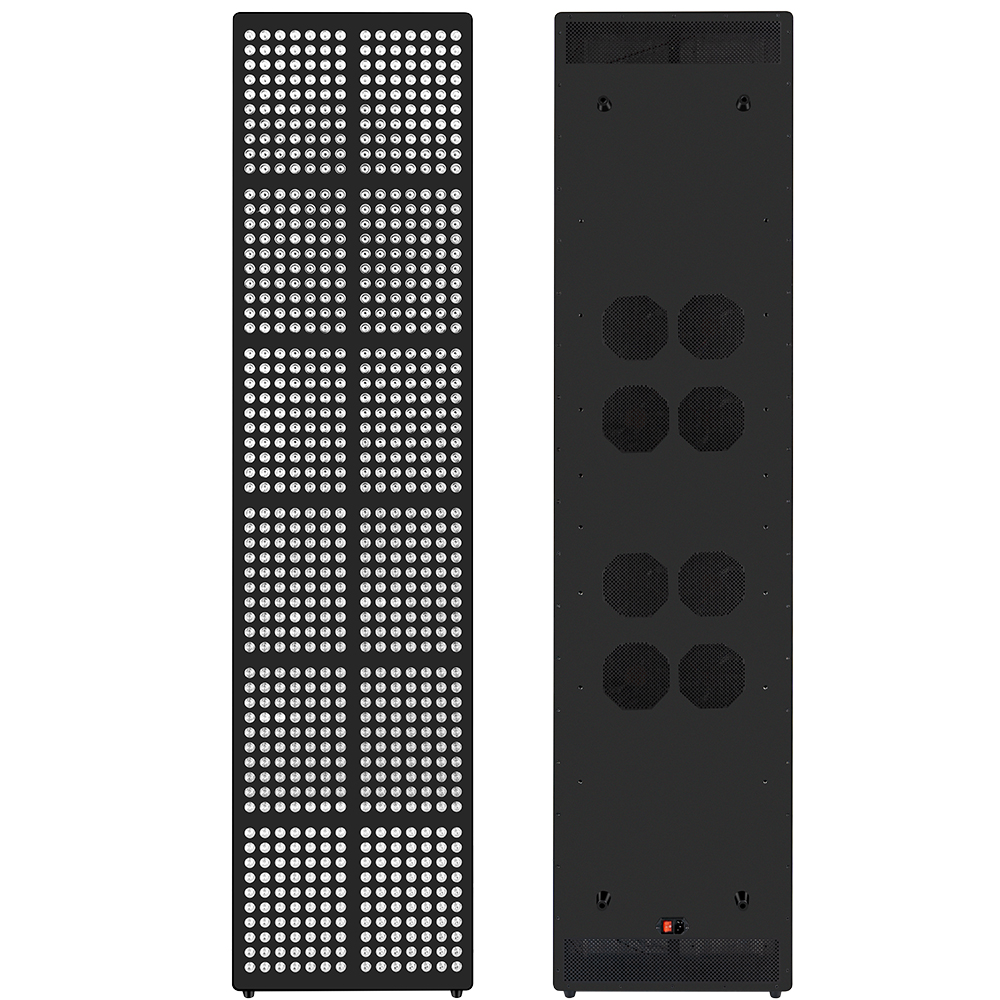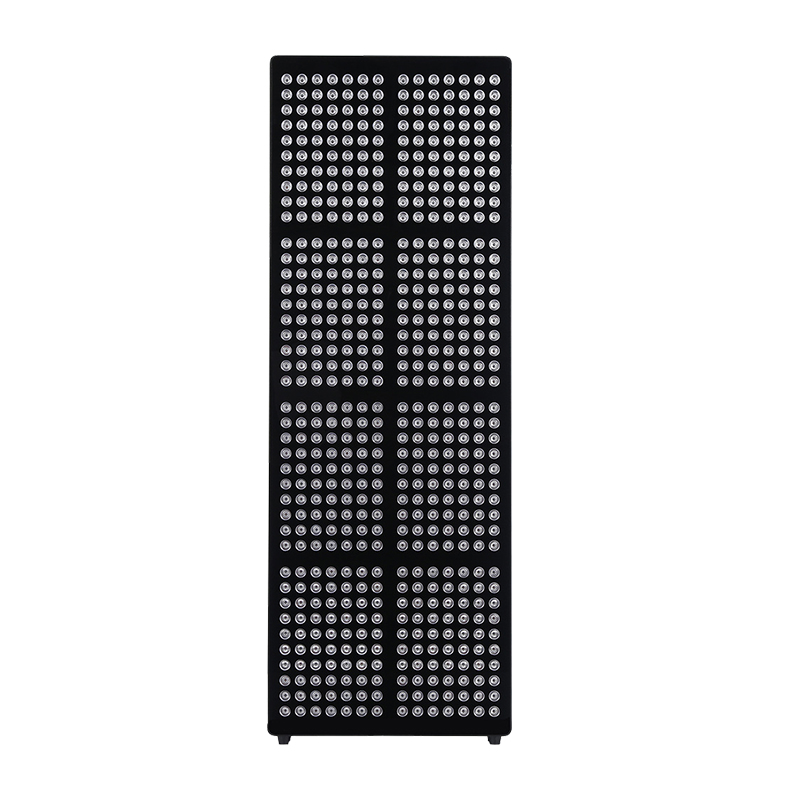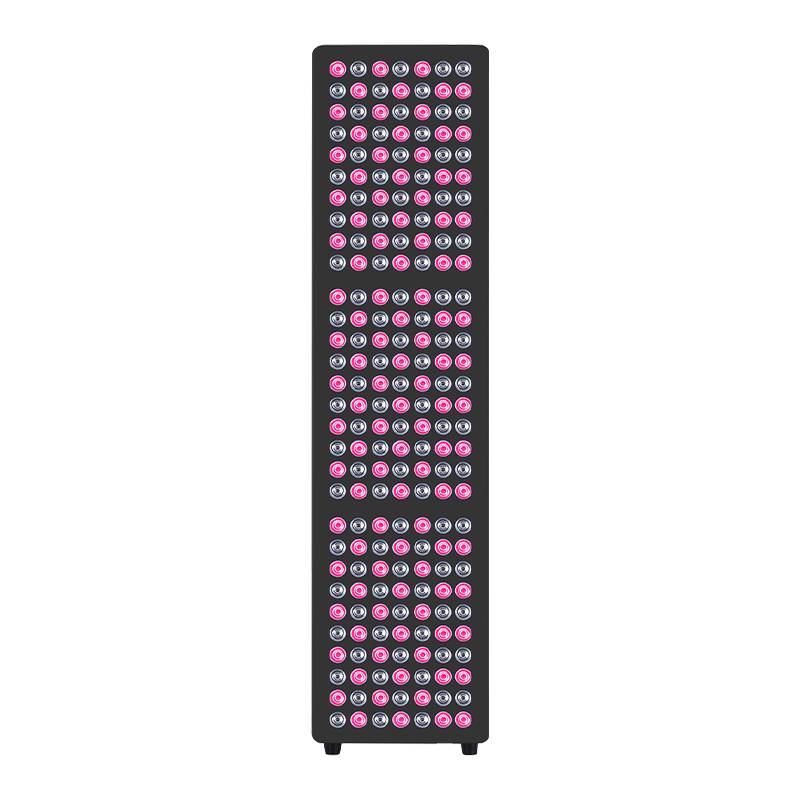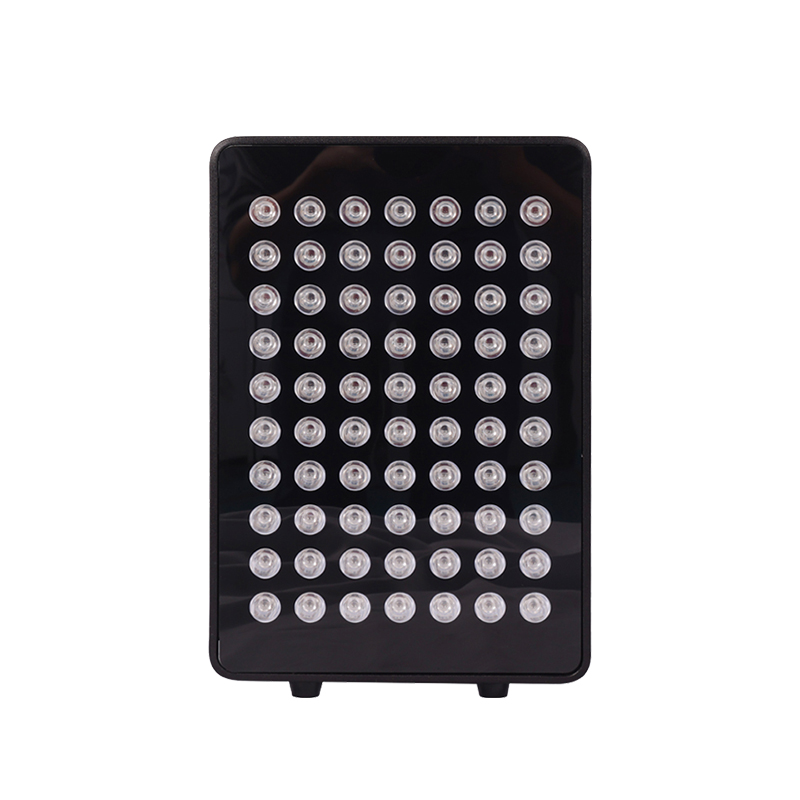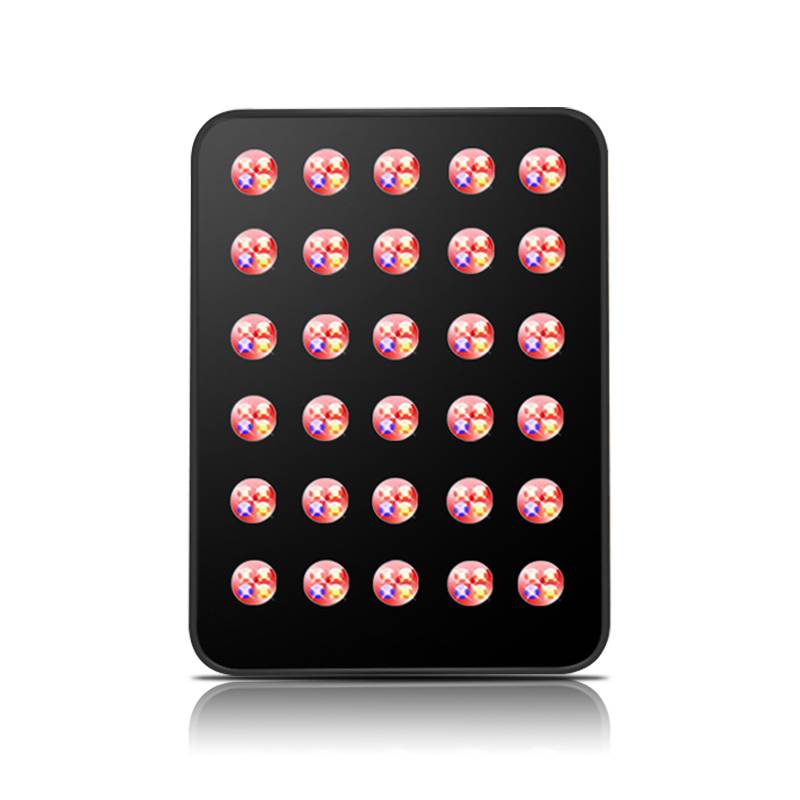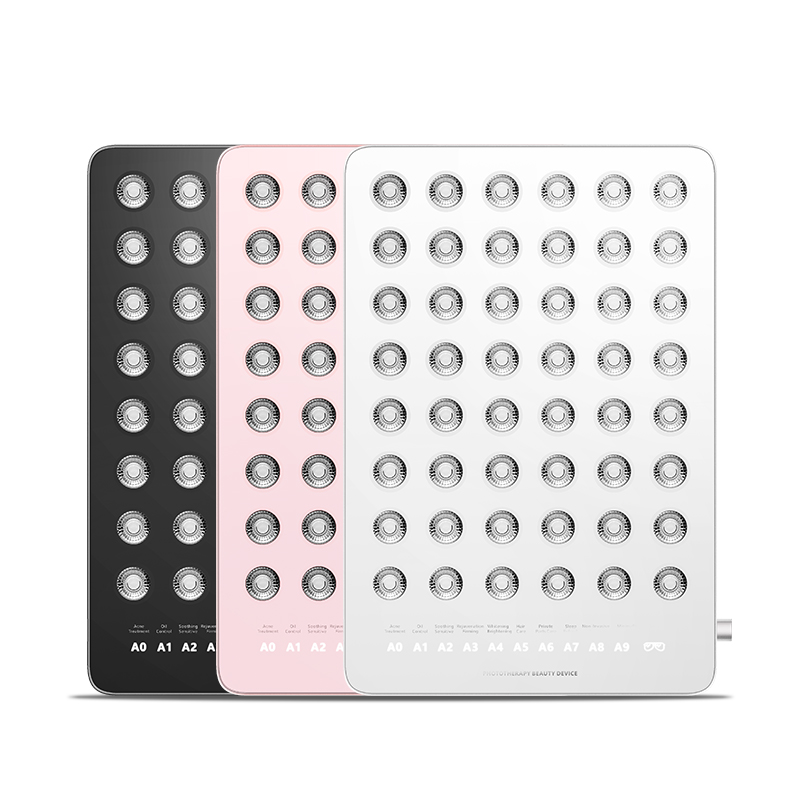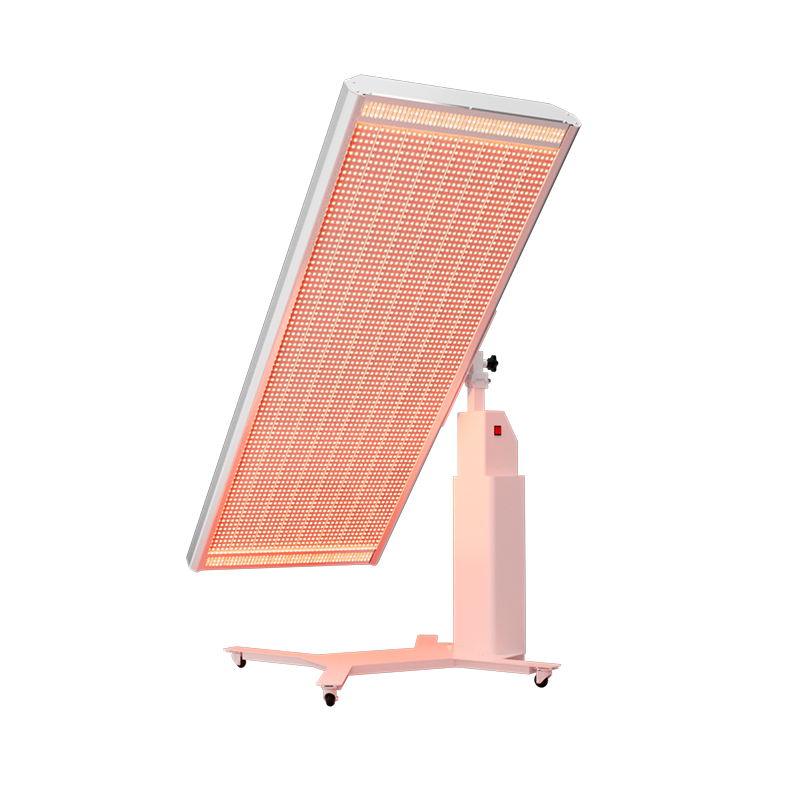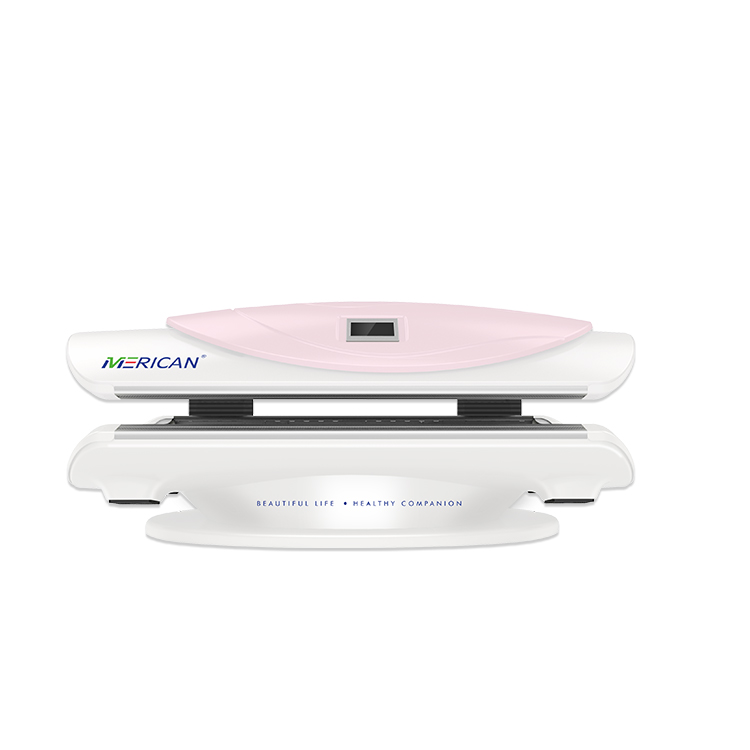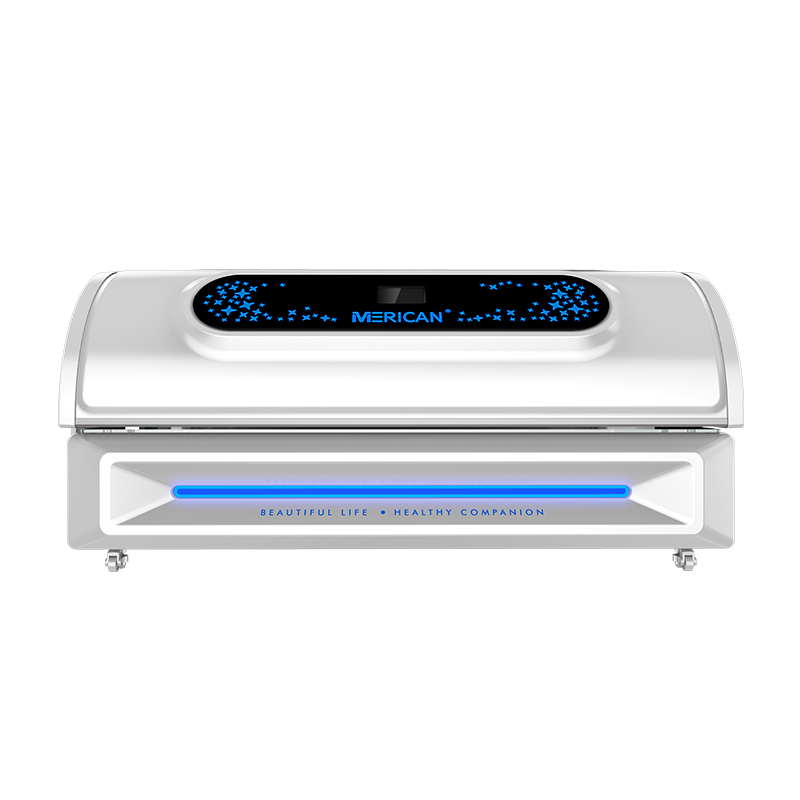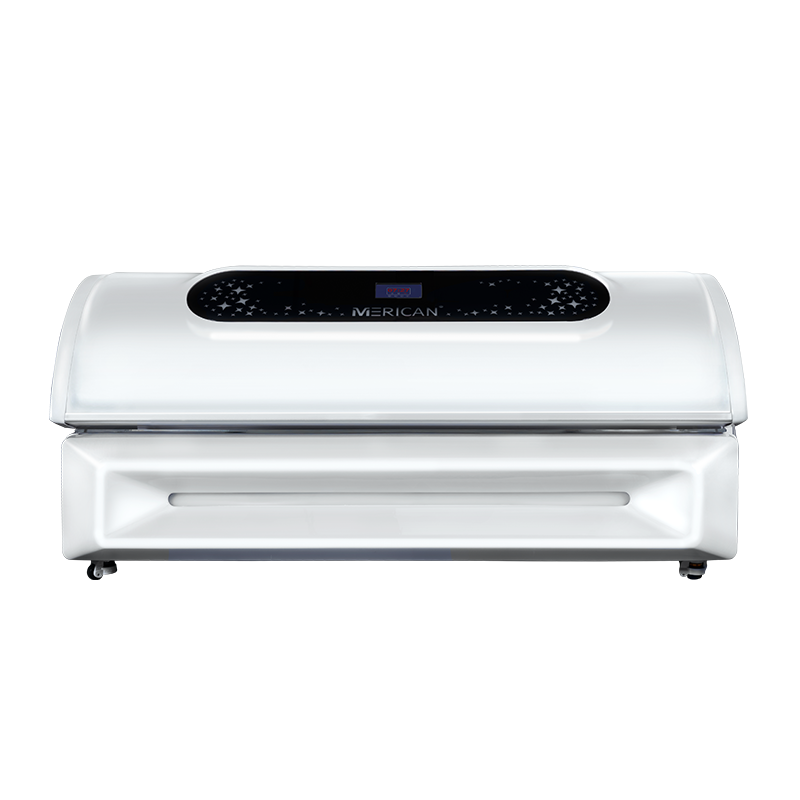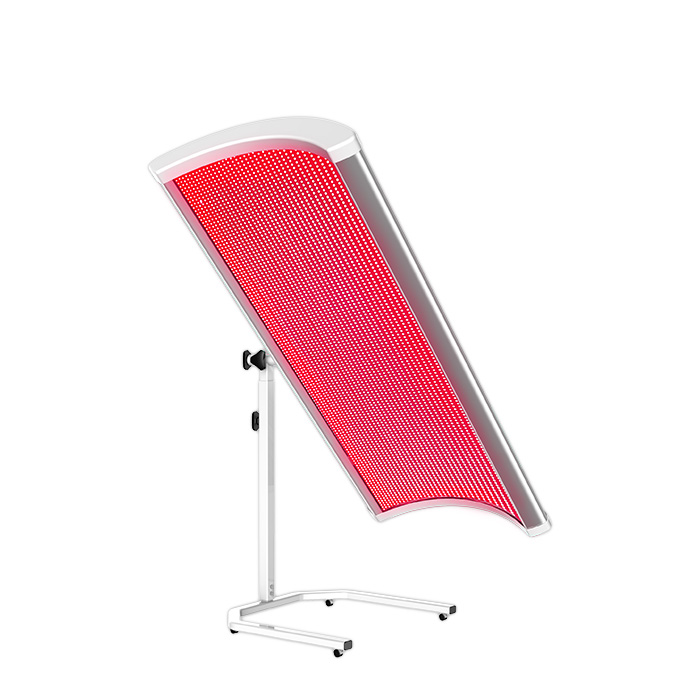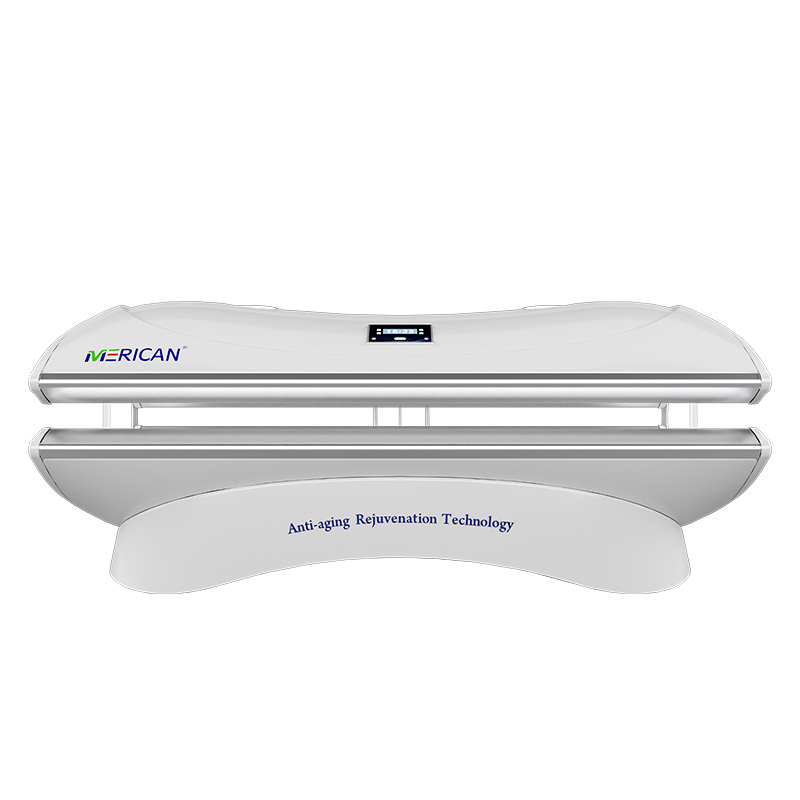प्रकाश चिकित्सा, also known as phototherapy, has gained popularity in recent years for its potential to alleviate a variety of conditions, including pain and depression. The use of different colors of light in therapy is based on the idea that different wavelengths of light can have specific therapeutic effects on the body and mind. Here’s a brief overview of the effects of three common colors of light used in light therapy:
- लाल प्रकाश चिकित्सा: लाल बत्ती, which has a longer wavelength, is known for its ability to penetrate deeper into the skin and tissue. It is often used to treat a range of conditions, including chronic pain, मांसपेशियों में दर्द, and skin issues such as acne and wrinkles. Red light therapy is thought to stimulate the production of collagen and other proteins in the skin, which can help to improve skin texture and reduce the appearance of fine lines and wrinkles. इसके अतिरिक्त, red light has been shown to increase blood flow to the affected area, which can help to reduce inflammation and pain.
एलईडी लाइट थेरेपी बेड M5N: Adopting a horizontal full cabin design, बिस्तर पर झूठ बोलने की भावना का अनुकरण करने के लिए एर्गोनोमिक डिजाइन का उपयोग करना, ग्राहकों को एक आराम और आरामदायक स्थान में स्वास्थ्य और सौंदर्य सेवाओं का आनंद लेने की अनुमति देता है.
प्रमुख विशेषताऐं:
प्रकाश स्रोत: नेतृत्व किया
हल्के रंग: लाल + अवरक्त
वेवलेंथ: 633nm/660nm/850nm/940nm
एलईडी मात्रा: 14400एल ई डी
शक्ति: 1760डब्ल्यू
वोल्टेज: 110वी – 380वी
2. ब्लू लाइट थेरेपी: नीली रोशनी, which has a shorter wavelength, is commonly used to treat skin conditions such as acne and rosacea. Blue light can penetrate the skin and target the bacteria that cause acne, killing them and reducing inflammation. It can also be used to treat skin conditions caused by inflammation, जैसे रोसैसिया. तथापि, it’s important to note that exposure to blue light, especially from screens, has been linked to digital eye strain and disrupted sleep patterns, so it’s important to use blue light therapy under the guidance of a healthcare professional.
3. Green Light Therapy: Green light therapy is less commonly used than red and blue light therapy, but it has been shown to have some potential benefits. Greenlight is thought to have a calming effect on the nervous system, which can help to reduce stress and anxiety. It has also been studied for its potential to improve sleep quality and reduce fatigue. इसके अतिरिक्त, green light therapy has been shown to stimulate the production of melatonin, a hormone that regulates sleep and wakefulness, which can be beneficial for people with sleep disorders.
It’s important to keep in mind that light therapy is not a one-size-fits-all solution, and the best type of light for you will depend on your specific condition and needs. Before starting any light therapy treatment, it’s important to consult with a healthcare professional to determine the most appropriate type of light and treatment plan for you.

